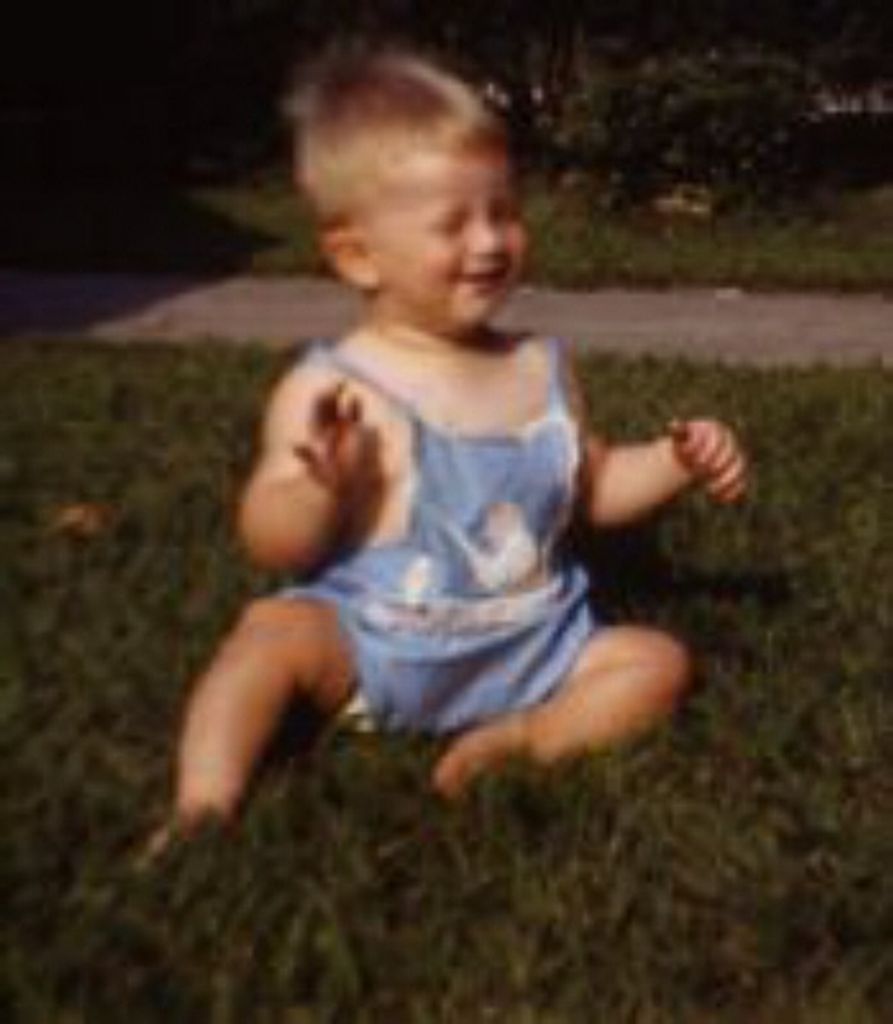

Thomas Elbert Corbin
September 6, 1940 — January 16, 2023
Thomas Elbert Corbin, (Sept. 6, 1940 – Jan. 16, 2023) was born in Orange, New Jersey and was the first child of Joseph Elbert Corbin and Rosa Trout Corbin. He grew up in West Orange, NJ except for 1942 through 1945. His father worked at Bell Labs in Whippany, NJ as an electrical engineer but was transferred to Bell Labs at Indian Hill, IL to do defense work. The family lived in Downer’s Grove IL and returned to West Orange in 1945 when Tom was 5 years old.
Tom was educated in the West Orange Public Schools. However, after his sophomore year at West Orange High School, he transferred to The Pingry School, a private school in Hillside, NJ. He was having too much fun doing pranks and jokes with his friends at West Orange and his parents felt he needed to focus more on academics. He graduated from Pingry in 1958 and had an early acceptance into Harvard. He majored in astronomy and graduated in 1962. He was proud that he got to know Cecilia Payne-Gaposchkin and she became a kind of mentor to him. Tom felt she was one of the professors who actually cared about undergraduates in the Astronomy Department. He enjoyed track and field as a sport and was on the track team in high school and also at Harvard. He threw the shot put, but his main event was the javelin for which he broke the Harvard record for distance thrown (as it was in practice it was not recorded, sadly).
After graduation he and a friend bought an old hearse and took a slow trip across the country to California. Tom always had many incredible stories about that trip. As there were few jobs in astronomy at that time, he decided to fulfill his military obligation and joined the National Guard doing basic training at Ft. Devens, MA. After basic training was completed in the Fall of 1963 he began substitute teaching and had humorous stories to tell about how he established control over the high school classes where he substituted.
Tom came to Washington, D.C. in early 1964 after accepting a position at the U. S. Naval Observatory. He met his future wife, Brenda, in Dec. 1964 when they were introduced by mutual friends and they were married on July 30, 1966. They spent two years in Argentina (1969-1970) where Tom worked on an observing project at El Leoncito which is located on the western border of the country near the Chilean border. After returning to Washington, Tom made the decision to pursue his PhD at the University of Virginia. The Observatory supported this additional training and he remained an employee during this time. He had received his Master’s degree from Georgetown Univ. before moving to Argentina. His PhD was awarded in 1977.
Tom worked as an astronomer at the U. S. Naval Observatory in Washington, D.C. from 1964-1999, specializing in the production of star catalogs for use in navigation and astronomical research. From the beginning he was also an observational astronomer, mainly using the 6-inch and 7-inch transit circles, specialized telescopes for determining accurate star positions. From 1969 to 1971 he observed at the Yale-Columbia station at El Leoncito, Argentina as part of the Observatory’s commitment to observe the entire southern hemisphere skies. This was part of a worldwide effort that ran from 1961 to 1973 to provide a catalog of 20,500 Southern Reference Stars. Between 1989 and 1991 Tom led the effort to combine over 150 meridian and photographic star catalogs to produce a reference system for the Astrographic Catalogue, a catalog that contains 320,000 positions and proper motions of stars. He worked on many other programs, including the Observatory’s pole-to-pole observing effort. Overall, his work with his colleagues was important to determining the fundamental reference frame for astronomy, against which all celestial positions are measured. He was active in the International Astronomical Union, including serving as President of the Positional Astronomy Commission in the 1990s.
Tom was known to his friends, colleagues, and family as a jokester; always enjoying the occasional practical joke. He was also famous for his love of movies. His position at the Naval Observatory and his overnight observing shifts allowed him to take in afternoon movies, often with his son and friends. They held an unofficial record of seeing almost every movie released into the theatres in the late 1980s and 1990s. His devotion to movies extended to the small screen and he loved watching what he affectionately referred to as 'dumb action movies' - many of which never made it to theatres instead going straight to cable. He frequently volunteered to give presentations to local schools, and was skilled at simply explaining complicated astronomical concepts so they could be understood by schoolchildren. He was also active with Boy Scout Troop 8 of Bethesda, Maryland while his son was in this troop. He served as an assistant Scoutmaster and as a merit badge counselor for a number of merit badges, most notably Astronomy.
Tom knew from the age of 7 that he wanted to be an astronomer and never veered from that path. He was in a piano recital in New York City and as a treat afterward his father took him to the Hayden Planetarium where he was impressed by the large orrery. He received his first telescope (a 3-inch) when he was 11. He taught himself to identify most objects visible in the sky and learned facts about particular stars and galaxies. After Tom retired he had a dome built in the backyard and installed a Celestron 11-inch telescope. He later upgraded to a Celestron 14-inch. He loved to observe very faint deep-sky objects which he called “faint fuzzies.” He also enjoyed having neighbors and their children come over to look through the telescope. His encyclopedic memory of facts about the objects they were viewing was impressive. He enjoyed using his Dobsonian Telescope (18-inches) at dark sky sites but those became harder to find in the Washington DC metropolitan area. He donated this telescope to the Univ. of Maryland Observatory in July 2017.
Tom is survived by his wife of 56 years, Brenda, and son James Elbert Corbin, daughter-in-law Carmen, and two granddaughters, Camille (11) and Sonia (8). Tom loved his family very much and was proud of what both James and Carmen have achieved in their careers. His granddaughters loved playing with him and also watching movies with him. In 1973 Brenda began working as the librarian at the U. S. Naval Observatory so she and Tom saw each other daily at home and work until his retirement in 1999. They were able to travel through the years as Tom attended scientific conferences in many parts of the world and Brenda usually accompanied him. James accompanied them on trips to France, the Soviet Union, Argentina and Chile. He and his dad also travelled in Germany and Poland visiting many World War II sights.
Tom was predeceased by his two younger sisters, Kathy (2008) and Cheryl (2017). His family loved classical music and he grew up hearing the Metropolitan Opera via radio on Saturdays. On occasion he would attend the performances in person at the old Met. He was very accomplished on the recorder and owned a collection of the instruments from the alto recorder up to the sopranino. His sisters and father also played recorders and they played together as adults. In 1965, Tom decided to build a harpsichord from a kit. It was a laborious process, and it took him about a year to finish. He played the harpsichord regularly for many years.
Tom was very good at making friends and keeping friends. He was still in contact with friends he made in kindergarten, and on through high school, college and his adult years. Although he did not see some of them often, they kept in touch via email and phone calls.
The cause of death was congestive heart failure and complications from Parkinson’s disease.
A memorial service will be held at a later date.
In his memory, contributions may be sent to the International Dark Sky Association, 5049 E Broadway Blvd, #105
Tucson, AZ 85711 https://www.darksky.org/
Arrangements entrusted to Thibadeau Mortuary Service, p.a., 124 E Diamond Ave, Gaithersburg, MD 20877, 301-495-4950, www.interfaithfunerals.com
Guestbook
Visits: 41
This site is protected by reCAPTCHA and the
Google Privacy Policy and Terms of Service apply.
Service map data © OpenStreetMap contributors



